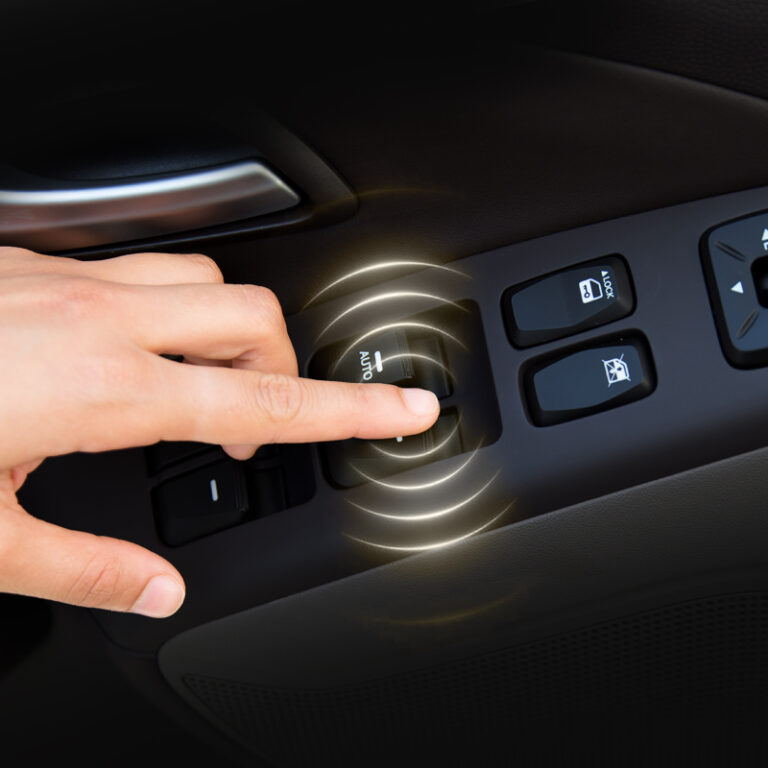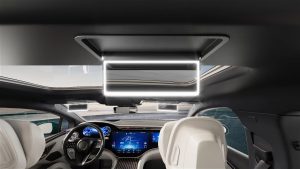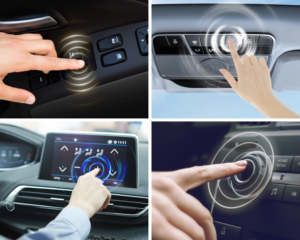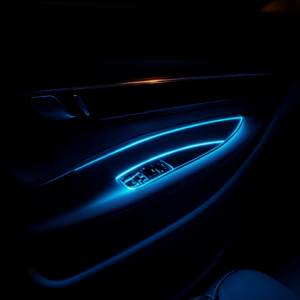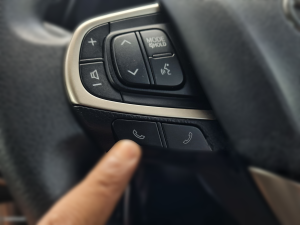ハプティックテクノロジーとは?
ハプティック技術, ハプティクスとしても知られています, 力を加えることによって触覚体験を生み出すことができるあらゆるテクノロジーを指します, 振動, またはユーザーへのモーション. この技術は触覚をシミュレートすることを目的としています, ユーザーが仮想オブジェクトを本物であるかのように感じ、操作できるようにする. 用語 “触覚” ギリシャ語に由来する “ハプティコス,” 触れることができる、または知覚できるという意味.
ハプティック技術の仕組み?
触覚デバイスは通常、制御された力と振動を生成するためにアクチュエーターを使用します。. これらのアクチュエータはさまざまなデバイスに組み込むことができます, スマートフォンなどの, ゲームコントローラー, VRグローブ, もっと. 触覚対応デバイスの表面に触れたとき, センサーがタッチを検出し、システムが触覚フィードバックを作成して応答します。. このフィードバックは、単純な振動から、現実世界の物体の質感や抵抗を模倣したより複雑な感覚まで多岐にわたります。.
ハプティック技術の応用
ゲームとエンターテイメント:
ハプティックテクノロジーは、より没入型の体験を提供することでゲーム業界に革命をもたらしました. 触覚フィードバックを備えたゲーム コントローラーは銃の反動をシミュレートできます, エンジンの轟音, または衝突の衝撃, ゲームをより魅力的でリアルなものにする.
バーチャルリアリティ (VR):
VRで, ハプティクスは、ユーザーが仮想オブジェクトを感じることができるようにすることで臨場感を高めます。. 触覚グローブとスーツにより、ユーザーは触ることができます, 掴む, 仮想環境内のオブジェクトを操作する, インタラクションをより自然かつ直感的にする.
医療とヘルスケア:
ハプティック技術は医療訓練と遠隔手術において大きな進歩を遂げています. 外科医は触覚対応ロボット システムを使用して、繊細な手術を正確に実行できます。, 組織の抵抗と質感を感じる. 医学生は仮想患者に対して手術を練習できる, 現実のシナリオをシミュレートする触覚フィードバックを受け取る.
モバイルデバイス:
最新のスマートフォンのほとんどには触覚フィードバックが組み込まれています, タッチスクリーンキーボードの微妙な振動から、アプリやゲームでのより複雑なインタラクションまで. このフィードバックは、アクションの確認を提供し、インタラクションをより触感的にすることでユーザー エクスペリエンスを向上させます。.
自動車産業:
自動車分野では, ハプティック技術は車両内のタッチスクリーンと制御システムに統合されています. これにより、ドライバーは道路から目を離さずに触覚フィードバックを受け取ることができます。, 安全性とユーザーエクスペリエンスの向上.
ハプティックテクノロジーの未来
ハプティックテクノロジーの将来は有望です, より洗練されたリアルな触感体験を生み出すことを目的とした研究開発が継続されています。. 材料科学の進歩, センサー技術, と人工知能が次世代の触覚デバイスへの道を切り開く. 将来のアプリケーションとしては次のものが挙げられます。:
強化されたウェアラブル:
ウェアラブル触覚デバイスはより詳細で微妙なフィードバックを提供できる可能性がある, スマートウォッチとの対話を行う, フィットネストラッカー, ARグラスはより没入的で直感的です.
テレプレゼンス:
ハプティクスはテレプレゼンスにおいて重要な役割を果たす可能性がある, 人々が物理的に存在しているかのように遠隔環境や物体と対話できるようにする. これはリモートワークなどの分野に革命をもたらす可能性があります, 教育, そして社会的交流.
医療用途の拡大:
将来のハプティック技術により、さらに正確で多様な医療処置が可能になる可能性がある, 手術やリハビリテーションの結果を改善する.
結論
触覚テクノロジーはデジタル コンテンツとの対話方法を変革しています, エクスペリエンスをより没入的かつ直感的にする. このテクノロジーは進化し続けるので、, さまざまな業界に革命を起こす可能性を秘めています, エンターテイメントやヘルスケアから自動車などに至るまで. 物理世界とデジタル世界の間のギャップを埋めることで, ハプティクスはまさにデジタルフロンティアに到達しています.

